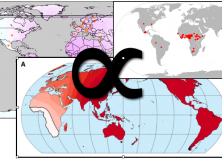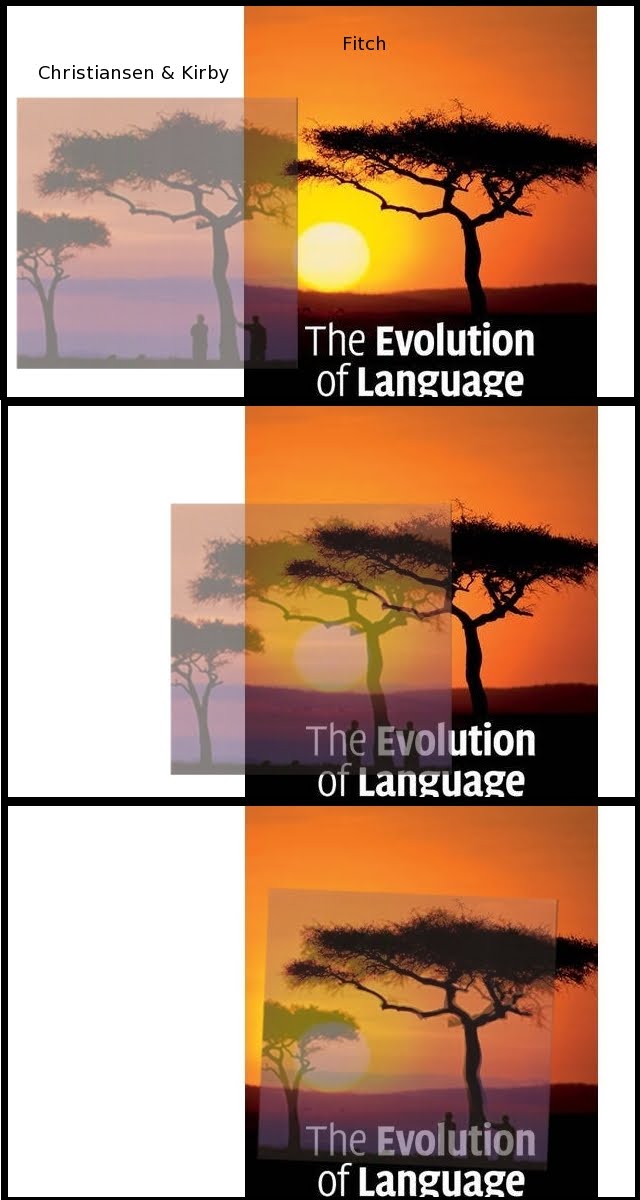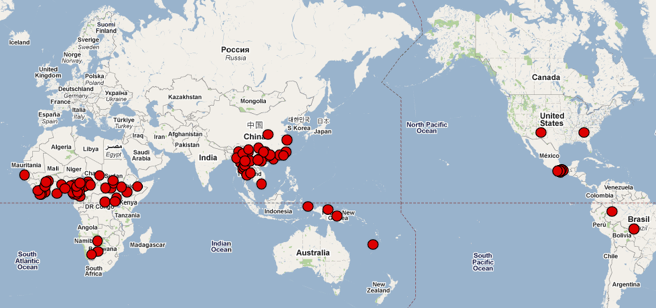Replicated Typo 2.0 has reached 100,000 hits! The most popular search term that leads visitors here is ‘What makes humans unique?’ and part of the answer has to be our ability to transmit our culture. But as we’ve shown on this blog, culturally transmitted features can be highly correlated with each other. This fact is a source of both frustration and fascination, so I’ve roped together some of my favourite investigations of cultural correlations into a correlation super-chain. In addition, there’s a whole new spurious correlation at the end of the article!
Edit: You can hear me talk about these correlations in an extended EU:Sci podcast.
Let Replicated Typo take you on trip from acacia trees to traffic accidents…
Continue reading “Spurious correlation bonanza to mark Replicated Typo 2.0 reaching 100,000 hits”







